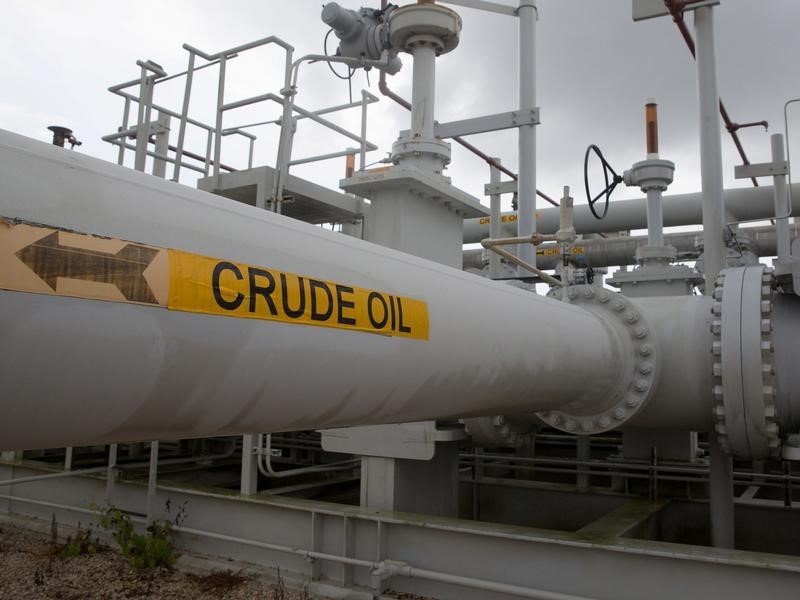By Gina Lee
Investing.com – Oil was mixed Wednesday morning in Asia, but remained above the $73 mark, as a production dispute between Saudi Arabia and the United Arab Emirates (UAE) continues. The dispute has stalled efforts by the Organization of the Petroleum Exporting Countries and allies (OPEC+) to raise production as the fuel demand outlook brightens.
Brent oil futures inched down 0.05% to $74.49 by 10:16 PM ET (2:16 AM GMT). WTI futuresinched up 0.05% to $73.41, after ending the previous session with a 2.4% loss. Prices had been climbing towards the highest intraday level since 2014 earlier in the week over concern that the dispute would prevent more crude from being restored to the market.
Buyers of the black liquid are already feeling the pinch, as Saudi Aramco (SE:2222) raised the official selling price of Arab Light crude increased by 80 cents a barrel to $2.7 above the regional benchmark in its main market of Asia.
The increase is the biggest month-on-month gain since January 2021, and a hint that the company will not boost supply in August. It also further indicated a tightening market as the cartel’s dispute could mean supply will not increase in August.
JPMorgan Chase & Co. (NYSE:JPM) is among the banks anticipating that a deal will be struck eventually, saying in a note that OPEC+ is expected to eventually agree in the coming weeks to boost production by 400,000 barrels a day each month for the rest of 2021.
However, ING Group (NYSE:ING) NV pointed out that the widening gap between Saudi Arabia and the UAE’s positions could prompt other cartel members to ignore production restraints and engage in a free-for-all that could crash prices. Everyone involved will also be making efforts to avoid a price war not unlike the one between Saudi Arabia and Russia that sent prices into negative territory in April 2020.
The U.S. is “encouraged” by the continuous OPEC+ talks and officials have spoken with their counterparts in Saudi Arabia and the UAE in hopes of reaching an agreement to stem the rise in oil prices, White House Press Secretary Jen Psaki said at a briefing.
Investors now await U.S. crude oil supply data from the American Petroleum Institute, due later in the day.
